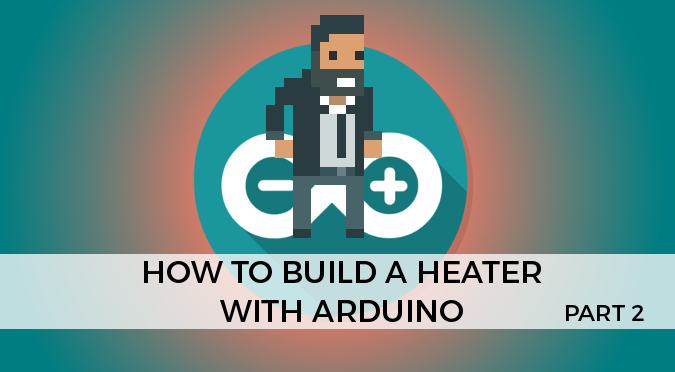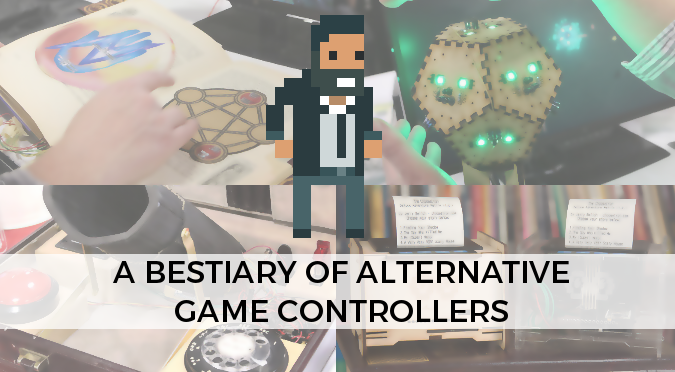
This series of articles will introduce the Kalman filter, a powerful technique that is used to reduce the impact of noise in sensors. If you are working with Arduino, this tutorial will teach you how to reliably read data from your sensors. This is a tutorial that will be very helpful even if you are not working with hardware: game developers are often challenged by noise, especially when it comes to integrating data collected from gyroscopes and accelerometers. And even if you are not building a mobile game, you can use Kalman filters to increase the precision of your controllers.
This first post will focus on a brief introduction to the problem, while the other tutorials in this online will focus on the derivation and implementation of a Kalman filter.
You can read all the tutorials in this online course here:
- Part 1. A Gentle Introduction to the Kalman Filter
- Part 2. The Mathematics of the Kalman Filter: The Kalman Gain
- Part 3. Modelling Kalman Filters: Liner Models
- Part 4: The Extended Kalman Filter: Non-Linear Models
- Part 5. Implementing the Kalman Filter 🚧







 This post is part of a longer series of tutorial about alternative games controllers.
This post is part of a longer series of tutorial about alternative games controllers.


